Rooted in Change: the Environmental Health and Climate Workgroup Explores Climate Action Policies
- By: National Network of Public Health Institutes
- Date
As we stand at the crossroads of an ever-changing planet, the signs of climate change are no longer confined to distant future predictions. Instead, they are unfolding before our eyes in the form of extreme events that leave marks on the world we call home. From the devastating Hawaii wildfires, deemed the deadliest in a century, to the relentless Southwest heat dome and the pervasive wildfire smoke from Canadian fires casting a somber haze over the Northeast, the fingerprints of climate change are vividly imprinted on recent chapters of our collective story. Climate change is here today, and it is impacting the health of communities, some communities more than others.
But the impacts of climate change don’t stop at the dramatic headlines. These changes are silently weaving their way into our daily lives, affecting our health, and manipulating our well-being, and the ecosystems we depend on. Respiratory diseases intensify as wildfire smoke and increased allergens affect the air we breathe in every second. Heat-related illnesses, including cardiovascular failure, become more prevalent in the face of rising temperatures. The spread of vector-borne diseases increases within communities, and the specter of food insecurity and malnutrition looms larger. Harmful algae blooms, waterborne illnesses, forced migration, and civil conflicts over dwindling resources serve as a reminder that climate change is not merely an environmental concern; it’s a multifaceted challenge with far-reaching consequences. The mental health impact of these climate-driven disasters is paramount and wide-reaching across generations and age groups.
In this blog post, we discuss that climate does not impact equally therefore highlighting the need for more equity-minded approaches to climate action including program and policy development. We conclude with a plethora of resources as well as a case study describing how academic and practice partners can collaborate to inform policy approaches such as developing an equitable approach to enhance tree cover.
Climate Change Does Not Impact All People Equally
No one can avoid the impacts of climate change completely, however, some population groups are affected disproportionately more than others. Socially vulnerable groups, including communities of color, Indigenous populations, low-income groups, and immigrants with limited English proficiency, are particularly at risk to the impacts of climate change.2 Children, pregnant women, older adults, individuals with chronic medical conditions and/or disabilities, outdoor workers, precariously housed and people experiencing homelessness also experience higher risk to climate change stressors than other groups.2 Climate change can exacerbate pre-existing inequalities, as groups that already bear an elevated risk to climate impacts experience higher exposure to climate hazards. These under-resourced communities are more susceptible to damages caused by climate hazards, are less able to cope with and recover, and suffer a disproportionate loss of property and income as a result, further deepening the inequality.5 Regional climate impacts converge with existing inequities, such as exposure to air and water pollution to further intensify the burden of many at-risk populations.3 As policymakers, public health practitioners, and other collaborators consider strategies to address a changing climate, it is critical to prioritize equity in climate adaptation.4 Prioritization can come only after the public health system first understands and acknowledges existing inequities in policies, resource allocation, and distribution of health and social services. Equitable climate adaptation planning means distributing resources and services fairly – prioritizing them for those who are experiencing disproportionate climate impacts.4 It also means ensuring that all people are treated openly and fairly, and creating transparent and inclusive processes as current programs, plans, and policies are evaluated and newer ones developed.4 Finally, equitable climate adaptation planning includes strategies to eliminate poverty, tackle racism head-on, establish workforce development opportunities, grow civic participation, protect affordable housing availability, and ensure equal access to quality education and health care in all communities.4
Case Study: Cuyahoga County Board of Health (CCBH) Model Tree Ordinance to Protect Trees
In Cuyahoga County, Ohio, the process of creating a regional tree policy, which would provide the best protection for trees and watershed ecosystems, was complex. It involved numerous organizations and had its inception as early as 2019. Our process started with the survey of the tree policies for the various watersheds in Cuyahoga and adjacent counties, initially compiled in 2010. This survey was undertaken in the context of ecosystem services and ecological functions trees provide as a component of the watersheds in Cuyahoga County. In 2021, the survey became a Masters of Public Health (MPH) collaborative student project at Case Western Reserve University. We found that numerous cities’ tree policies dated to the mid-1960s and needed revision. None of the policies mentioned climate change or considered trees as significant components of health equity and concerns of social justice. The results of the MPH study review became the basis for further collaboration with Case Western Reserve University Environmental Law Clinic and CCBH. With the assistance of a Case law student researcher and the CCBH General Counsel, we set out to create a new, model ordinance for tree protection borrowing from the most insightful policies in effect today.
The draft, ‘ideal’, tree ordinance is to prevent clear-cutting and protect mature trees as shown in Photos 1 and 2. The key issue is to change land use for developments which traditionally clear-cut and destroy all trees.
Photos 3 and 4 show the wetlands hidden under the clear cut forest canopy. The tree ordinance is also aimed at protecting the ecosystem services and functions trees provide by absorbing stormwater runoff and reducing the heat island effect. All photos courtesy of Robert F. Brand taken in Broadview Heights, Cuyahoga County.
The draft tree ordinance used language and concepts from the City of Burin, (Washington), Oahu, (Hawaii), New York City, (New York) and Columbus, (Ohio). Under the relative autonomy of the “Home Rule” doctrine in Ohio, the final draft ordinance addresses gaps in state law, and can further be tailored to suit local cities’ existing laws. The body of the model ordinance updates obsolete or outdated policies, adds the mention of trees providing mitigation and adaptation for climate change, and includes the need to include equity and social justice regarding planting trees in areas of low canopy cover with high impermeable surfaces. Similar to zoning regulations, the ordinance introduces a permit system for cutting trees with Diameters at Breast Height (DBH’s) over specific sizes, provides a small tax incentive to protect mature trees and plant young trees, suitable for the local growing conditions, while allowing the immediate removal of dead trees or trees that pose a threat to people or property. The draft ordinance also lists native-to-the-area trees, creates a city tree committee, and includes a catalog of suitable sites for planting trees.
Environmental Health and Climate Workgroup + Climate Tools
The National Network of Public Health Institutes (NNPHI) is the central hub for public health institutes working to improve public health nationwide. Within NNPHI is the Climate and Crisis Preparedness Portfolio (CCP) which is focused on building climate & disaster-related public health capacity to prepare our member institutes and communities to respond to a variety of emergencies and disasters. The CCP team is committed to providing technical assistance to our partners. CCP puts this into action through the NNPHI Environmental Health & Climate Workgroup, which aims to empower and expand awareness of environmental health and crisis preparedness within the built environment, community engagement, emerging issues, and technical assistance to the public health workforce.
The mission of the NNPHI’s Environmental Health and Climate Workgroup is to serve as a trusted consortium in adapting, preparing for, and recovering from the impacts of climate change and environmental disasters. This blog is in response to this mission and shares resources that PHIs and other public health practitioners can utilize to inform local actions to address the climate change threat.
The resources below are a medley of toolkits and models that can uplift the climate-related impacts to your organization’s current work or give you some important context to how climate is impacting the heat outcomes in your community. If you would like to learn more about the Environmental Health and Climate Workgroup, please email ccp@nnphi.org.
Tools
- U.S. Climate Resilience Toolkit (https://toolkit.climate.gov/)
- ATSDR Environmental Justice Index (https://www.atsdr.cdc.gov/placeandhealth/eji/index.html)
- EPA EJ Screen (https://www.epa.gov/ejscreen)
- The Climate Explorer (https://crt-climate-explorer.nemac.org/)
- National EMS Heat Tracker (https://nemsis.org/heat-related-ems-activation-surveillance-dashboard/
References:
- https://www.cdc.gov/climateandhealth/effects/default.htm
- https://www.epa.gov/climateimpacts/climate-equity#:~:text=Climate%20change%20does%20not%20affect,injustices%20(e.g.%2C%20redlining).
- https://digital.sandiego.edu/cgi/viewcontent.cgi?article=1018&context=npi-sdclimate
- https://resilientca.org/topics/climate-equity/?types=11#equitable-planning-and-community-engagement
- https://www.un.org/esa/desa/papers/2017/wp152_2017.pdf
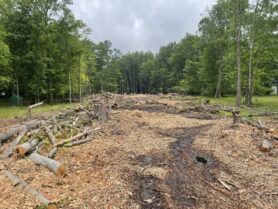
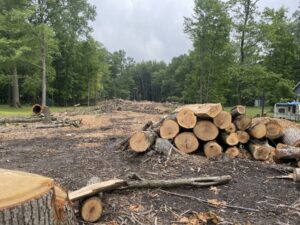
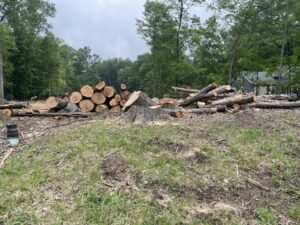
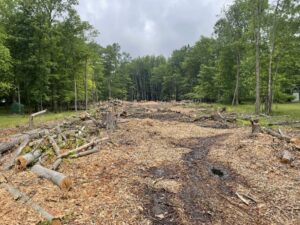
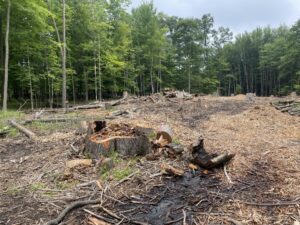
 Subscribe To Our Communications
Subscribe To Our Communications